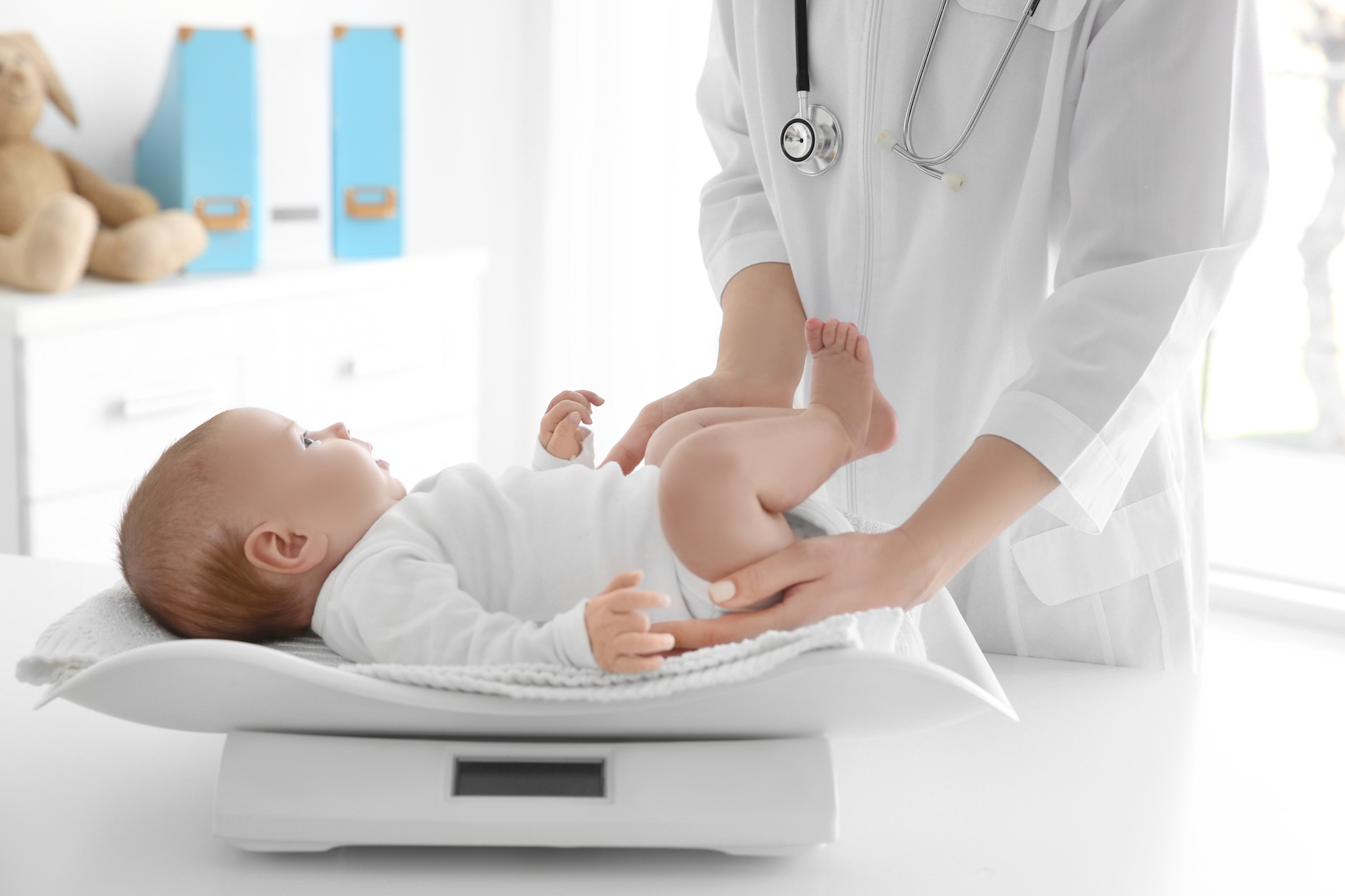Babies grow much faster in their first year of life than at any other time, except in utero. But even within this busy growing season, some babies experience short bursts of rapid height and weight gain. According to the American Academy of Pediatrics, these developmental leaps, or infant growth spurts, occur with relative frequency, i.e. most young babies go through growth spurts every few weeks, or months. But every child is different. It's impossible to say if or when these "spurts" will occur, says Clare Bush, M.D., assistant professor of pediatrics at Columbia University Medical Center. But there are certain baby growth spurt signs to watch out for.
When Do Babies Go Through Growth Spurts?
Dr. Bush often sees a small growth spurt when a newborn is 7 to 10 days old. "The babies have learned to breastfeed, moms have learned to breastfeed. Things are happening a little more smoothly," she says. Indeed, most moms notice when their babies just can't seem to get enough to eat, leading to an increase in weight and length.
Other baby growth spurt ages are around 3 weeks, 6 weeks, 3 months, and 6 months, says Leigh Anne O'Connor, a board-certified lactation consultant with a private practice in New York City. By age 1, a typical baby will have tripled their birth weight and grown ten inches.

Pediatricians aren't too concerned about the exact timing of baby growth spurts. Instead, they tend to focus on other benchmarks: Is the baby doubling their weight at 4 months? Tripling it at a year? Generally progressing along their own growth curve?
Baby Growth Spurt Signs
Even though your baby can't speak, you might notice physical signs that they're going through a growth spurt. Here are four of the most common ones.
1. Your baby is constantly hungry.
Just when you think you've figured out a feeding schedule, your baby suddenly wants to eat around the clock. In a breastfed infant, this might mean two to four days of marathon nursing. A formula-fed baby might be dissatisfied after finishing a bottle.
"Everything is revved up in the first year of life. The metabolism is quick, the frequency of needing feeds is quick," says Dr. Joshua May, a pediatric endocrinologist at Los Angeles Medical Center at Kaiser Permanente. "Those calories are going toward growth, whether it be building reserves of fat cells or building muscle or—with the help of hormones—actually physically changing the structure of bones."
2. Your baby\’s sleep patterns shift.
Some parents report that their babies sleep more during growth spells, while others report their babies sleep less, says Dr. Bush. But one thing is certain: Sleep plays a vital role in the production of the primary growth hormone, aptly named "growth hormone." So let snoozing babes lie while nature takes its course of slowly robbing you of the wee creature you once held in the crook of your arm.
3. Your baby is fussier than usual.
This could be a byproduct of the first two signs; an extra hungry or tired baby will usually tell you about it. Do babies experience growing pains? "I think it stands to reason that if there's major growth going, that tendons and muscles are being stretched in the body and that might be associated with some pain," says Dr. May. "We certainly see that all the time in the older age range."
4. Your baby has mastered new tricks.
It's a bit of a stretch to link your child's newfound ability to clap or grasp a toy with one specific growth spurt. But a baby's brain physically enlarges along with the rest of her body as she learns to navigate the world, causing her skull to grow and fuse in turn. That's why a baby's fontanelle, or "soft spot," is closed or nearly closed by age one, says Dr. May.
Could it be something else?
Note that growth spurts, like teething, are easy to confuse with other issues. An overly sleepy or fussy baby could indicate illness, while constant hunger could indicate a low milk supply. If your baby is peeing and pooping well, you can assume supply is not an issue and take comfort in knowing the feeding frenzy will pass.
Baby Growth Spurt Charts
First developed 30 years ago, government growth charts gauge how your baby's measurements compare with those of other babies of the same age and sex. According to the Centers for Disease Control and Prevention (CDC), doctors and parents should refer to charts distributed by the World Health Organization (WHO) for children 0 to 2 years of age. Measure babies while they're lying down from head to feet. Weight them without diapers and clothing, preferably using a baby scale.

